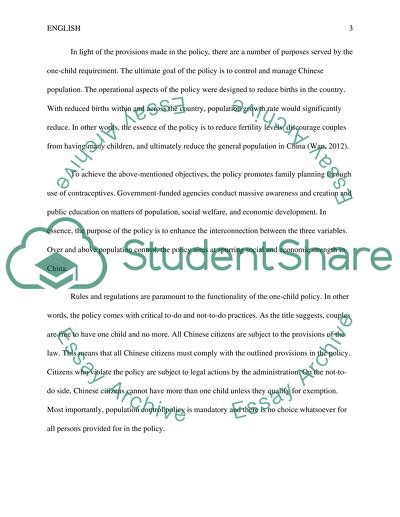Cite this document
(“Is One Child Policy in China Effective Essay Example | Topics and Well Written Essays - 1000 words”, n.d.)
Retrieved from https://studentshare.org/miscellaneous/1631524-is-one-child-policy-in-china-effective
Retrieved from https://studentshare.org/miscellaneous/1631524-is-one-child-policy-in-china-effective
(Is One Child Policy in China Effective Essay Example | Topics and Well Written Essays - 1000 Words)
https://studentshare.org/miscellaneous/1631524-is-one-child-policy-in-china-effective.
https://studentshare.org/miscellaneous/1631524-is-one-child-policy-in-china-effective.
“Is One Child Policy in China Effective Essay Example | Topics and Well Written Essays - 1000 Words”, n.d. https://studentshare.org/miscellaneous/1631524-is-one-child-policy-in-china-effective.


